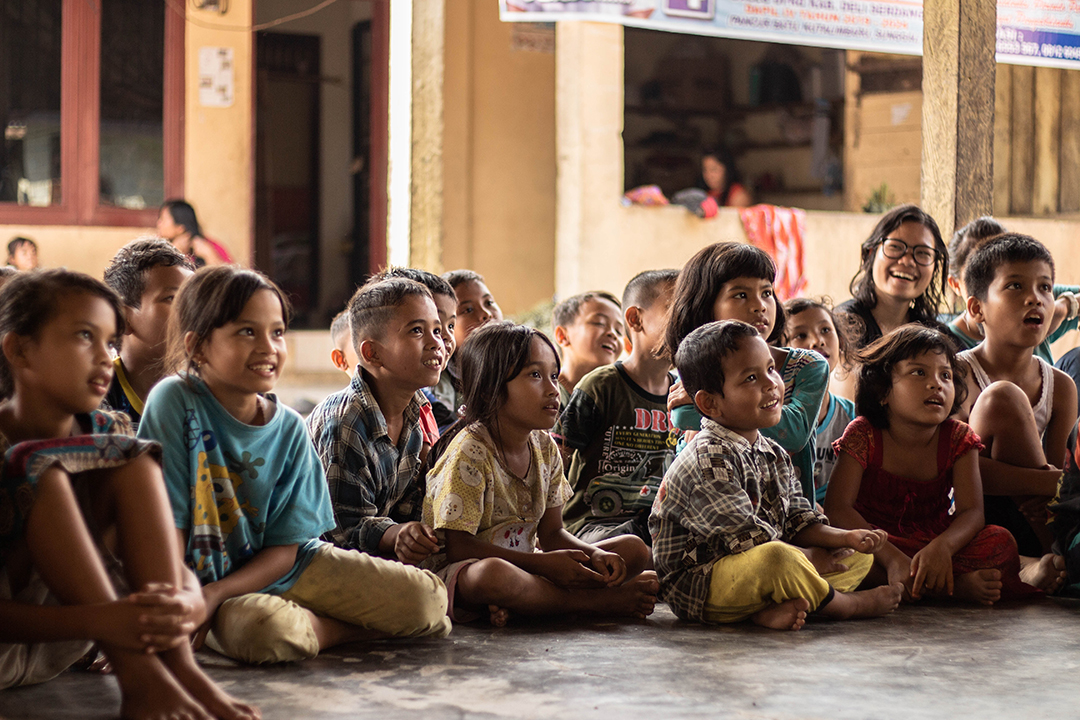(415) 300-0180

In Rwanda’s coffee-growing region, a $5,000 donation didn’t just purchase equipment—it transformed an entire community’s economic outlook. Two years later, the Gashonga Coffee Cooperative has tripled its income, sent 47 children to school, and funded a local health clinic. This is impact giving in action: donations strategically designed to create lasting, positive change across communities.
Traditional metrics—dollars raised, people reached, projects completed—only tell part of the story. True impact involves community transformation, economic sustainability, knowledge transfer, cultural preservation, and long-term growth. Donations can catalyze these ripple effects, reshaping not only individual lives but entire communities.
Initial Investment: $5,000
Direct Impact: - Equipped 120 farmers - Increased
income by 300% - Enabled 47 children to attend school - Funded a health
clinic - Built two new processing facilities
Ripple Effects: - Improved regional quality standards - Established export partnerships - Encouraged youth to pursue farming - Promoted women in leadership - Adopted sustainable farming practices
Initial Investment: $3,500
Direct Impact: - Employed 35 women - Grew revenue by
250% - Gained international market access - Acquired modern equipment -
Established a training program
Community Changes: The collective preserved cultural heritage, transferred skills to younger generations, supported local tourism, promoted economic independence, and safeguarded traditional art forms.
Successful projects are led by the community itself, ensuring decisions align with local culture, skills are developed, resources are owned, and plans reflect the community’s needs and future.
Projects designed for sustainability focus on generating revenue, managing resources wisely, integrating environmental considerations, and fostering knowledge transfer, allowing communities to continue benefiting long after the initial funding.
Effective projects have clear metrics, regular assessments, community feedback, and documented impact. This transparent approach helps share successes and lessons learned with a broader audience.
Primary effects include direct employment, equipment acquisition, and infrastructure development. Secondary effects ripple out, leading to new businesses, market growth, skills development, and innovation within the community.
Immediate benefits include meeting basic needs, providing access to education and healthcare, and improving safety. Long-term effects encompass community empowerment, cultural preservation, youth opportunities, gender equality, and social mobility.
Investment: $12,000
Timeline: 18 months
Reach: 5 villages
Direct Impact:
1. Energy Access: - Powered 500 homes - Connected 50
businesses - Electrified 3 schools - Equipped a medical center -
Installed street lighting
Transformative Effects
1. Education: - Enabled evening study hours - Opened
computer labs - Launched adult education programs - Offered digital
literacy training - Provided online learning access
Successful projects align with community needs, assess local capacities, ensure resource availability, and plan for sustainable growth. A careful selection process supports long-term benefits.
Impactful projects adopt a phased approach, transfer skills to local participants, partner with local organizations, monitor progress regularly, and adapt management as needs evolve.
Cultural respect, local leadership, traditional knowledge, and community values are essential to integrating projects smoothly and gaining local support.
Mobile technology, local partnerships, resource networks, and transport solutions help bridge the gaps caused by geographic isolation.
Efficient resource allocation, local sourcing, skill development, and resource-sharing networks enable projects to make the most of available assets.
Incorporating local guidance, traditional respect, and community input ensures projects are culturally aligned and more likely to succeed.
Economic: Focus on revenue generation, market access, business development, skills training, and financial management.
Social: Prioritize leadership development, knowledge transfer, cultural preservation, gender equality, and youth engagement.
Environmental: Emphasize resource conservation, sustainable practices, climate resilience, waste reduction, and environmental education.
Track income growth, job creation, service access, infrastructure improvements, and resource efficiency.
Evaluate community empowerment, social cohesion, cultural vitality, adoption of innovations, and knowledge transfer for a holistic view of success.
Impact giving goes beyond funding—it’s about fostering lasting change. By directing donations strategically and focusing on community-led, sustainable projects, we can create powerful waves of transformation that continue long after the initial investment. Embracing impact-driven giving empowers communities to shape their futures.
Ready to make a real difference? Explore how your giving can drive lasting change in communities across Africa and South America.

Christopher Robison is a San Francisco-based software engineer and tech innovator with 25+ years in the industry. Specializing in blockchain, AI, and robotics, he’s built custom 3D printers, led tech transformations, and created impactful digital solutions for biotech, finance, and beyond. Outside of work, he’s a punk rock karaoke regular, golf enthusiast, and a tinkerer who’s always building something new alongside his cat Otis and dog Yuki.